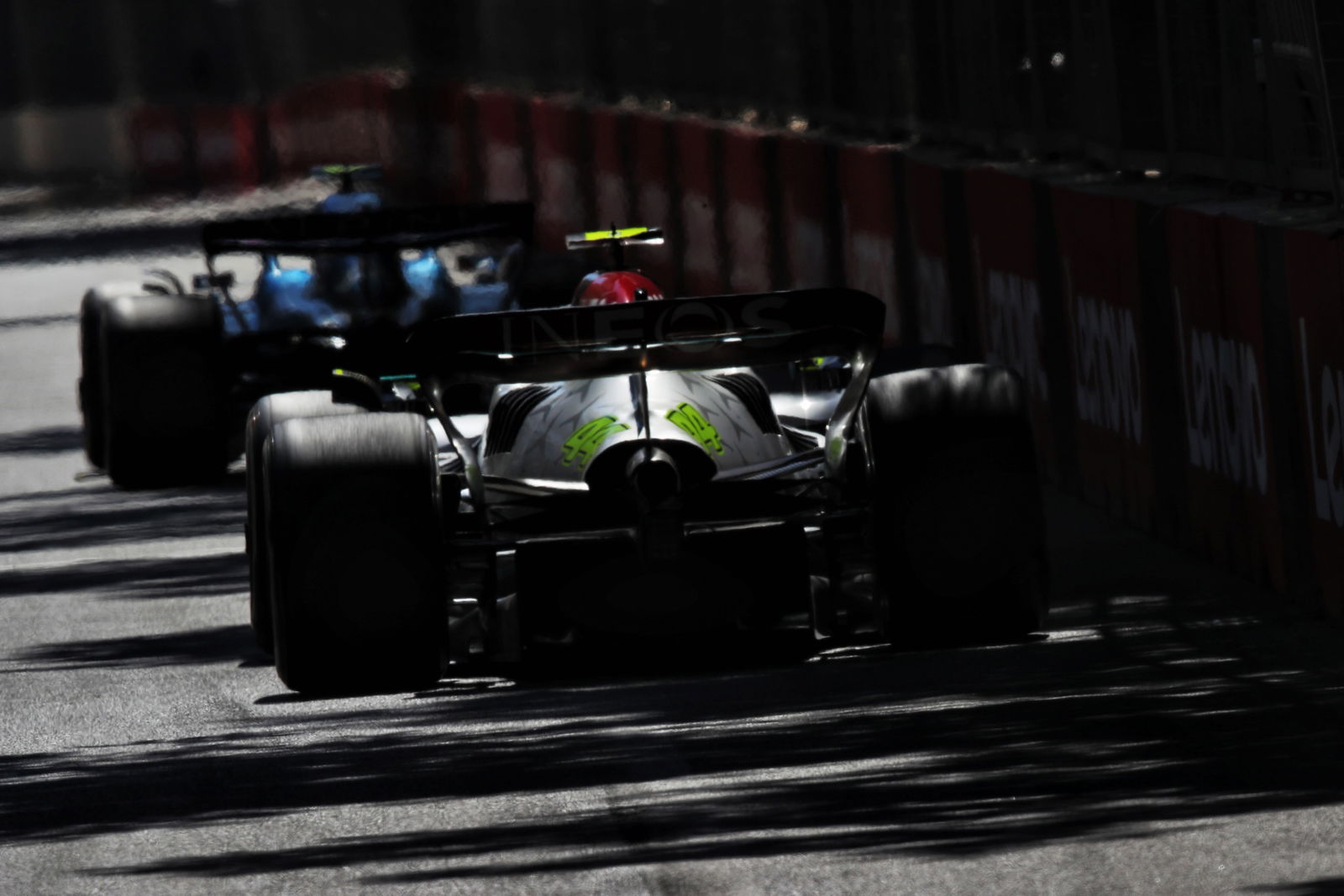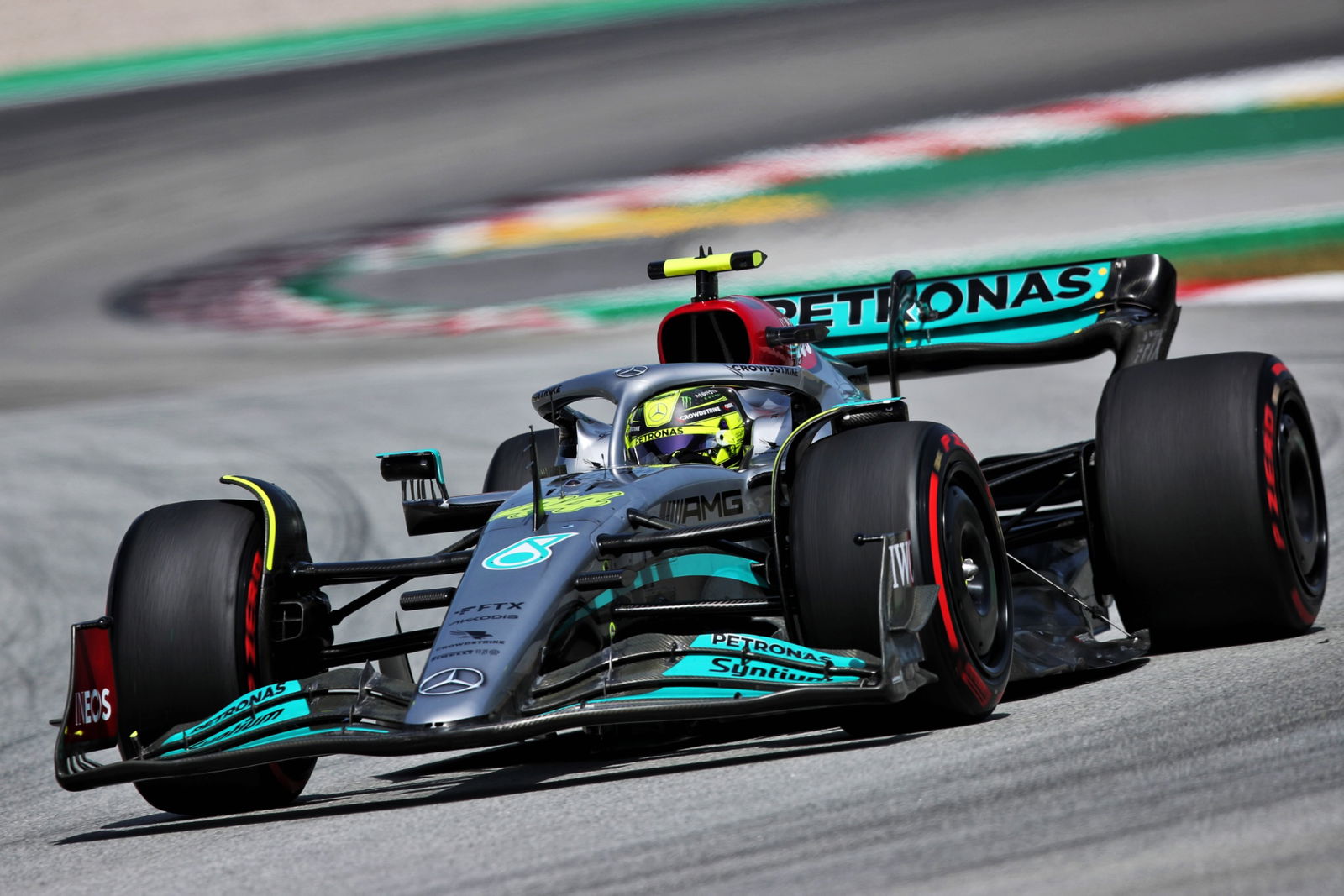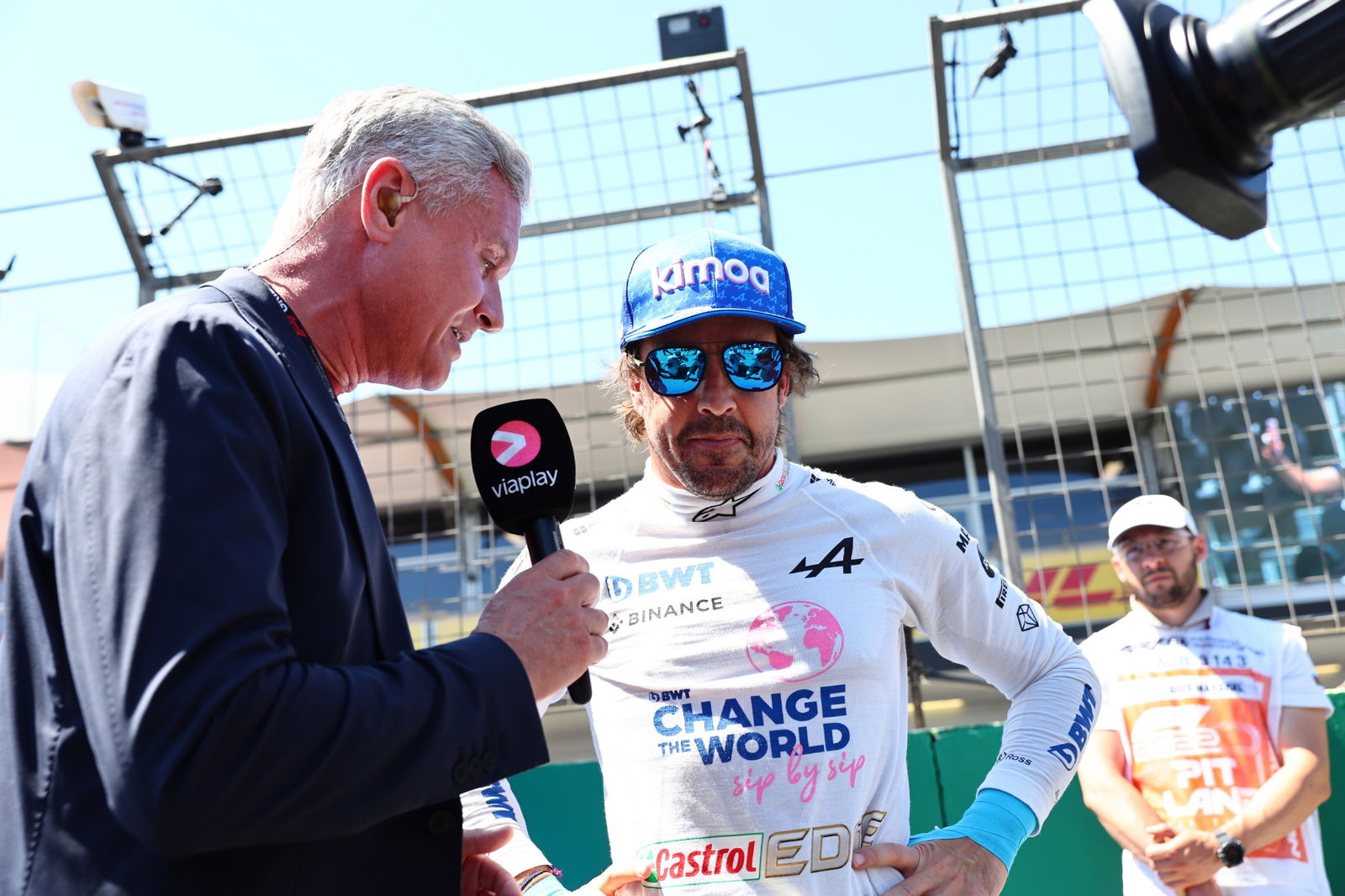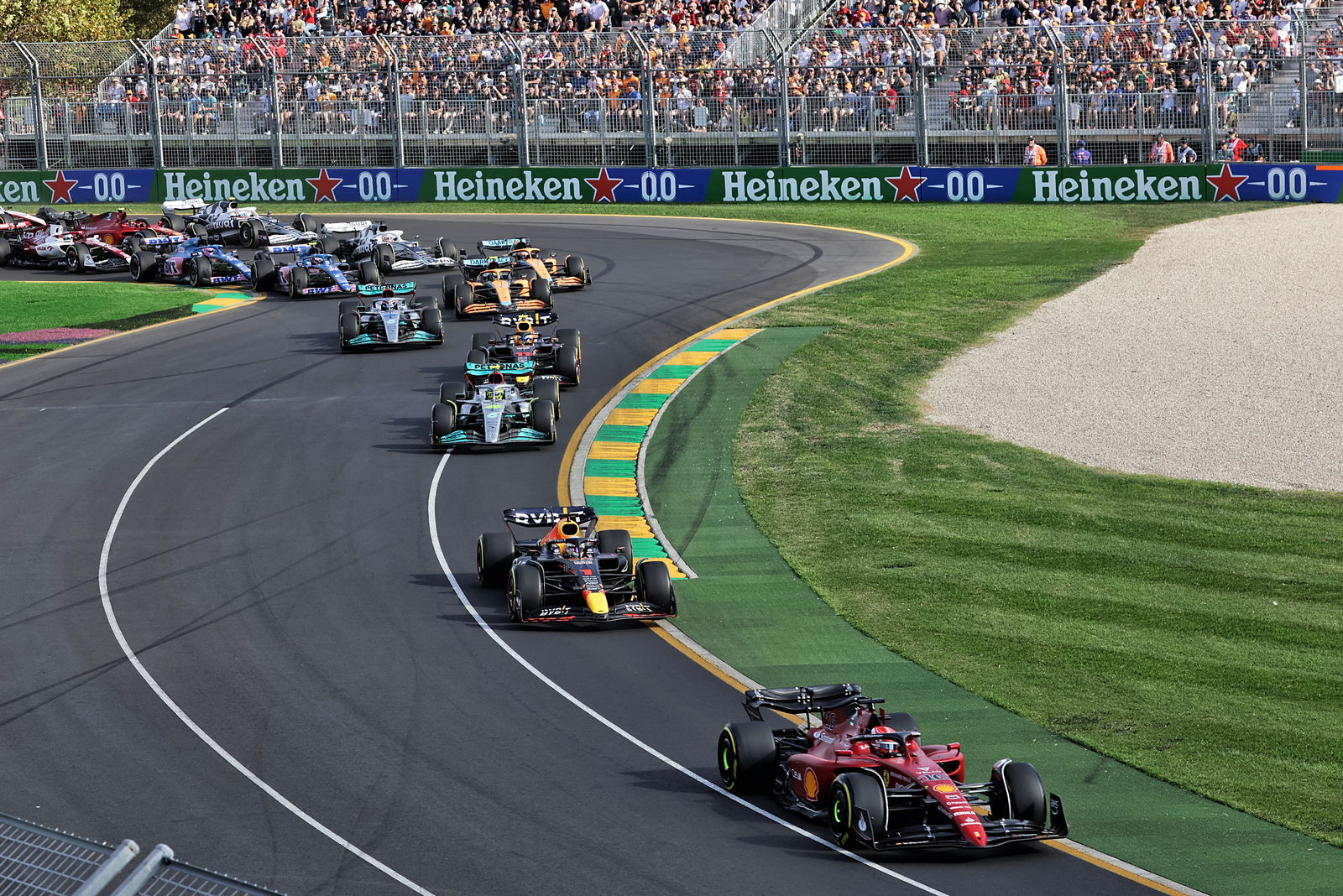Mercedes admit they pushed Baku F1 setup “too far” which led to Lewis Hamilton's back agony

Hamilton finished fourth behind Mercedes teammate George Russell in Baku.
During the race, Hamilton complained of back pain due to how severe the bouncing was, exclaiming over team radio: “Argh, my back is killing me!”.
There was some doubt about Hamilton’s participation in this weekend’s Canadian Grand Prix, however, Mercedes have confirmed the seven-time champion will be present in Montreal.
- Hamilton’s problems - safety issue or “bitching and complaining?”
- ‘Trouble sleeping’ and ‘acupuncture’ - Hamilton’s injury update
- Hamilton insists he is fit for Canadian GP despite ‘spine’ injury
- “Argh, my back is killing me!” - Hamilton in agony after 'most painful race'
“I’m pleased to report that the Lewis is here this morning,” James Vowles said in a video on Mercedes’ YouTube channel. “I’ve spent a few hours with him and he’s okay. He’ll be back in the car in Montreal.
“He’s an elite athlete that will push the bounds of endurance of himself and the car and that’s what Formula 1 drivers do, that’s what makes them exceptional.”

Reflecting on the porpoising Mercedes suffered throughout the Baku weekend, Vowles conceded the team went too extreme with their setup choices.
“On this occasion, though we pushed the package and our drivers too far, we are putting them into significant discomfort and we simply can’t do that again,” Vowles added.
“Our drivers are not the only ones suffering, you will see in the media a number of comments from a number of drivers who are equally in discomfort and pain.
“And we have a responsibility now to make sure that this doesn’t carry on.”
Mercedes’ upgrade package at the Spanish Grand Prix seemed to help eradicate some of their porpoising issues, with Hamilton’s race pace similar to eventual race winner Max Verstappen’s.

Vowles explained that Mercedes’ issue in Baku wasn’t necessarily porpoising but the team deciding to run the car as low as possible to increase the amount of downforce the car produces and thus improve lap times.
“I’m confident we’ve made a step forward in terms of porpoising but we very clearly have bouncing and to the outside it looks almost identical, but there is a subtle difference between the two,” Vowles explained.
“What is happening now is that the car is lower, as a result of fixing the first issue, but now hitting the deck quite hard and that’s creating the bouncing that you see at the moment.
“Again, you try and extract performance by running the car low but the problem is very different and the bumpier the track the more the input is clearly having an effect which is what we saw in Baku.
“I think what’s clear is that we still have a long journey in front of us to learn everything we need to, to be fighting at the front but perhaps more importantly you will, as suggested by this question, see performance variation track on track as we go forward.”


